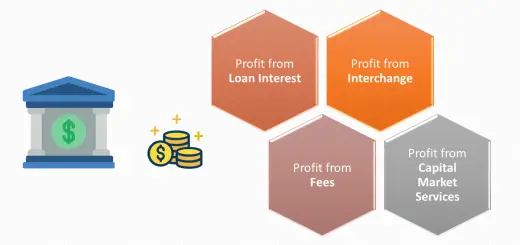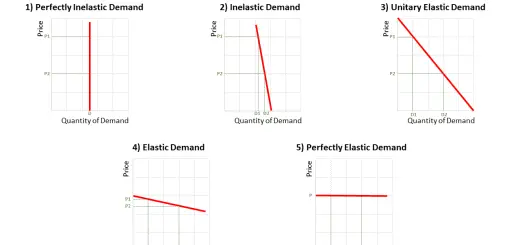Sunk Cost – Definition, Explanation, with Examples
Sunk Cost Definition
Sunk cost (also understood as retrospective cost) in which an amount already incurred and can not be recovered. Sunk costs are independent of any event and should not be deemed when making investment or project decisions.
A sunk cost is a cost that has been incurred, and which it can no longer recover. Sunk costs should not be considered when deciding to continue investing in an ongoing project, since these costs cannot be recovered.
Any kind of future costs that a business may face, such as decisions about supplier/vendor pricing can not be treated as a sunk cost.
Understanding Sunk Cost with Examples
A sunk cost refers to money that has already been spent and cannot be recovered. As an example, a production firm will have several sunk costs like the cost of machinery/equipment already purchased and the payroll expense already incurred.
All sunk costs are fixed costs but not all fixed costs are sunk costs. The difference is that sunk costs cannot be recovered.
A company spends $1 million on building a theme park. Before completion, the managers realize that there is no demand for a theme park at this location. The company has a choice: finish the theme park for another $2 million or sell the land for $1 million. In this scenario, the $1 million already spent on the theme park is a sunk cost.
Sunk Cost Examples
Following are some examples of sunk costs in business,
- Marketing expenses already incurred
- Research and development expenses already incurred
- Already purchased asset costs
- Salaries and benefits paid
Read More:
- Fixed Cost – Explanation, Formula, Calculation, and Examples
- Variable Cost – Explanation, Formula, Calculation, Examples
- Marginal Cost – Explanation, Formula, Curve, Examples


